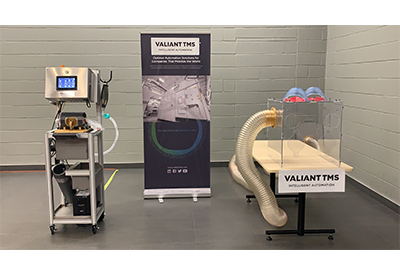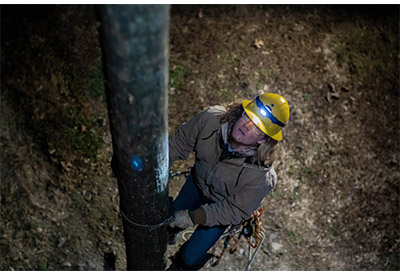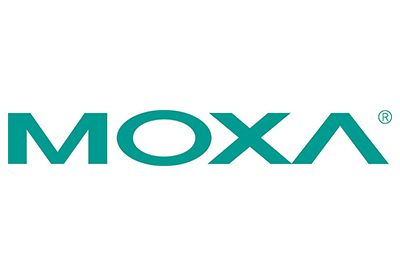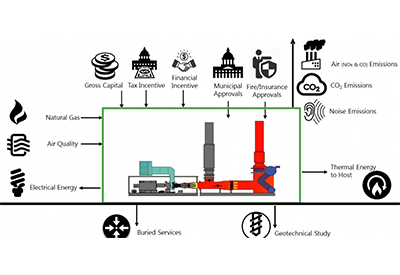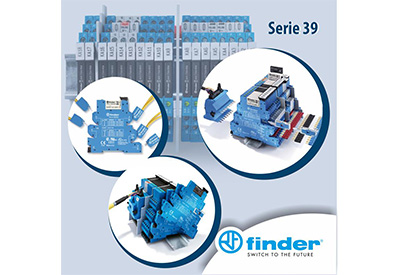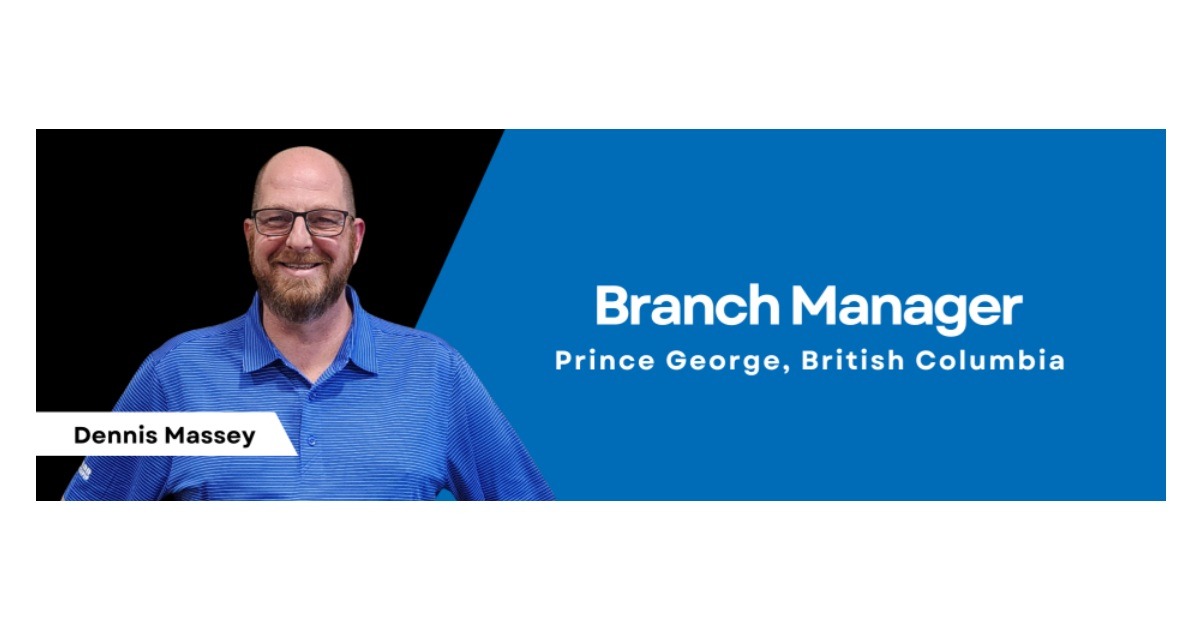Top 10 things to know when selecting a programmable safety controller

May 9, 2019
You’re redesigning a piece of machinery or implementing a new manufacturing line, and you need to select a safety control system to monitor all of your safeguarding devices. How do you choose the right controller?
Here are the top ten things to consider when reviewing your options:
- Number of I/O devices – A good place to start is determining the number and types of input and output devices that will need to be connected to the controller. With outputs, you need to determine whether feedback is required and whether each output needs to be monitored individually. (This can increase the number of inputs required.)
- Safety I/O connectivity – You also need to consider the type of connection needed. Depending on the controller used and the hazard classification, the number of devices that can be connected to an input card or the controller itself can vary.
- Standard I/O – Another I/O consideration is the need to connect “reset,” “restart” or “request to enter” input devices and indication or other types of output devices not requiring safety related signals.
- Speed – This is very important when selecting a safety platform – from both a performance AND cost perspective. Faster response times mean that devices such as safety light curtains can be mounted closer to the hazard, reducing the overall footprint. Pay attention to the speed of the system to ensure that safety is not compromised by switching safety controllers.
- Monitoring – Smaller programmable controllers and systems may not require monitoring by a PLC, HMI or other network device, but in larger systems it is imperative to know which device is on, off or has an error.
- Access to Status Data – Monitoring provides an excellent tool for overall operation, but the data must be easily accessible. Serial protocols require that points in the program are mapped to specific bits that exchange information with inputs and outputs in another device. The mapping of this information must be tracked and documented, which can be cumbersome and time-consuming. Some systems have the ability to map all of the status information from the safety controller directly into the PLC. These systems are user-friendly and large amounts of data can be easily accessed.
- Panel Space – This is a huge advantage of a programmable system, as the controller input units offer higher density in a much smaller package (can save up to 25 percent space).
- Complexity – Building complex safety systems with various modes of safe operation, different stop categories and other more advanced functions were hard to be realized with hardwired circuits, and often involved costly specialty units. Stop category 1 circuits using time delay relay units are complex to wire and are limited in operation, but with today’s programmable systems, a few function blocks can be configured in software and consume a fraction of the panel space. Programmable controllers can enhance the monitoring capabilities in complex configurations, making them safer and easier to configure.
- Programming Style – There are many different styles of programming involving ladder, function blocks with fixed and flexible architectures and various other styles. Many manufacturers have recently adopted an open architecture, which allows for easier understanding of different supplier’s systems and allows for shorter development times if alternate systems are needed.
- Scalability – Many manufacturers of equipment require scalable architecture of some degree from smaller stand-alone equipment to full production lines. The ability to re-use hardware and programs and learn one style of programming improves productivity.
Research and read the specifications, but do not compromise system performance for the sake of a low price tag.
For more information, go HERE.

